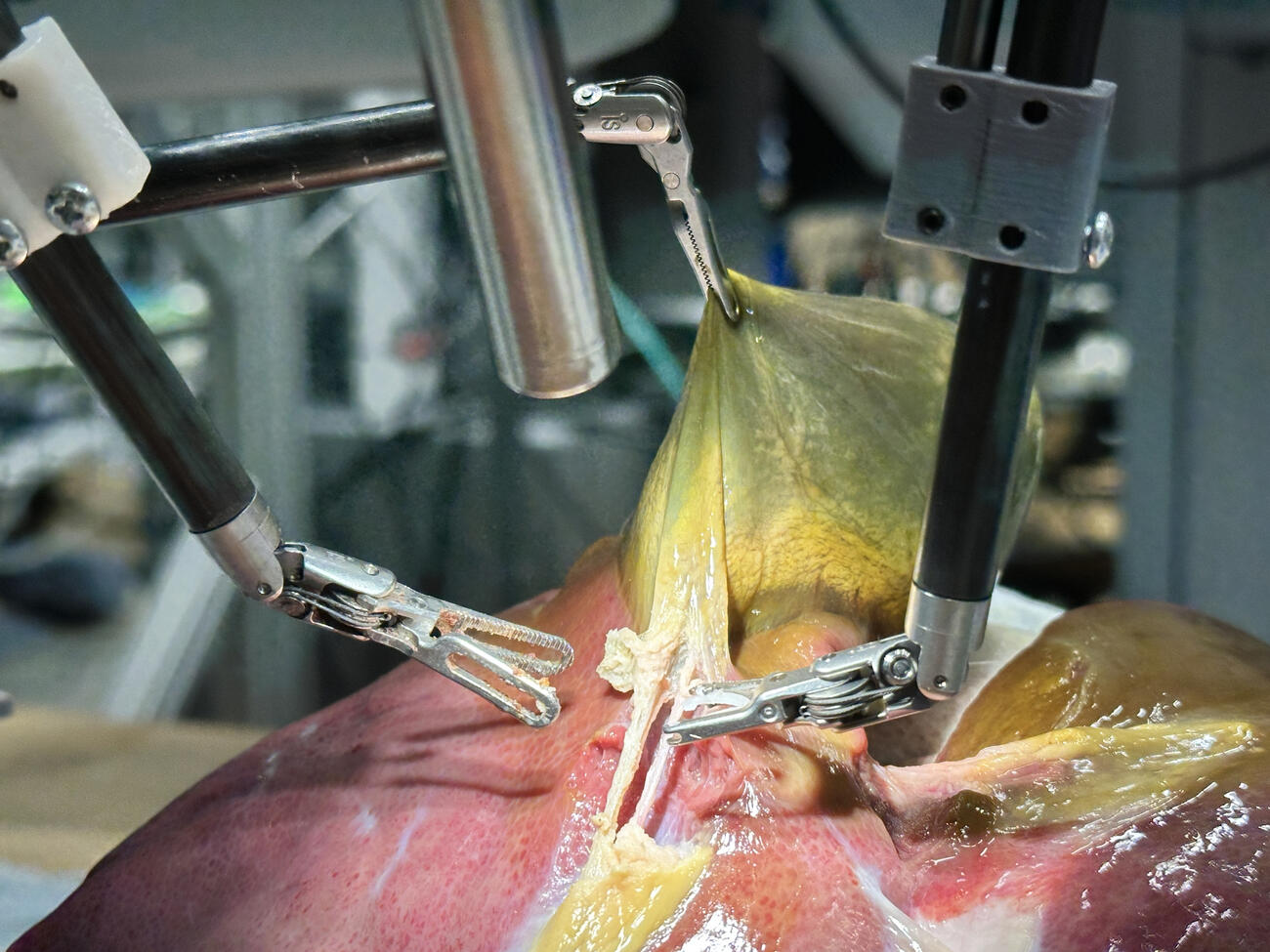A robot trained on videos of surgeries performed a lengthy phase of a gallbladder removal without human help. The robot operated for the first time on a lifelike patient, and during the operation, responded to and learned from voice commands from the team—like a novice surgeon working with a mentor.
The robot performed unflappably across trials and with the expertise of a skilled human surgeon, even during unexpected scenarios typical in real life medical emergencies.



Unless the videos have proper depth maps and identifiers for objects and actions they’re not going to be as effective as, say, robot arm surgery data, or vr captured movement and tracking. You’re basically adding a layer to the learning to first process the video correctly into something usable and then learn from that. Not very efficient and highly dependant on cameras and angles.